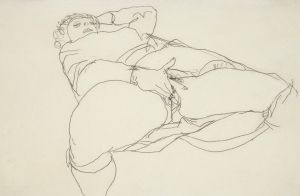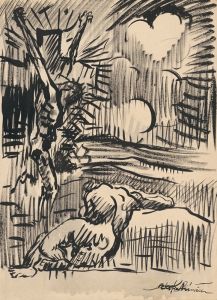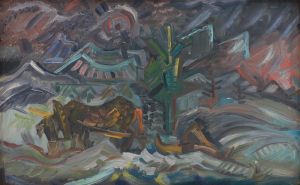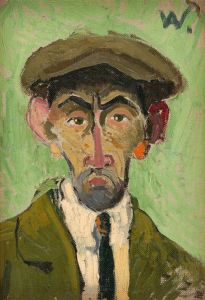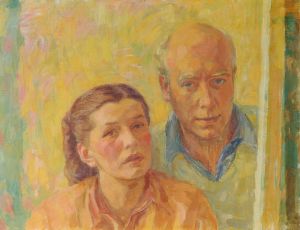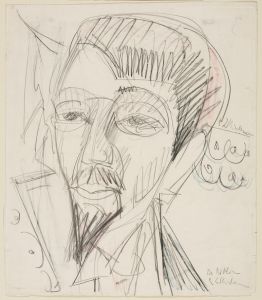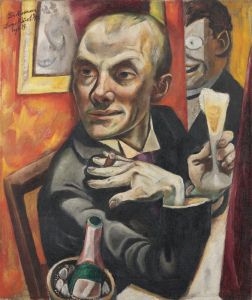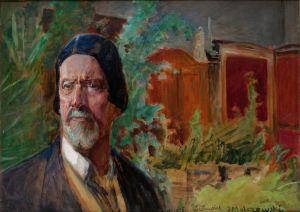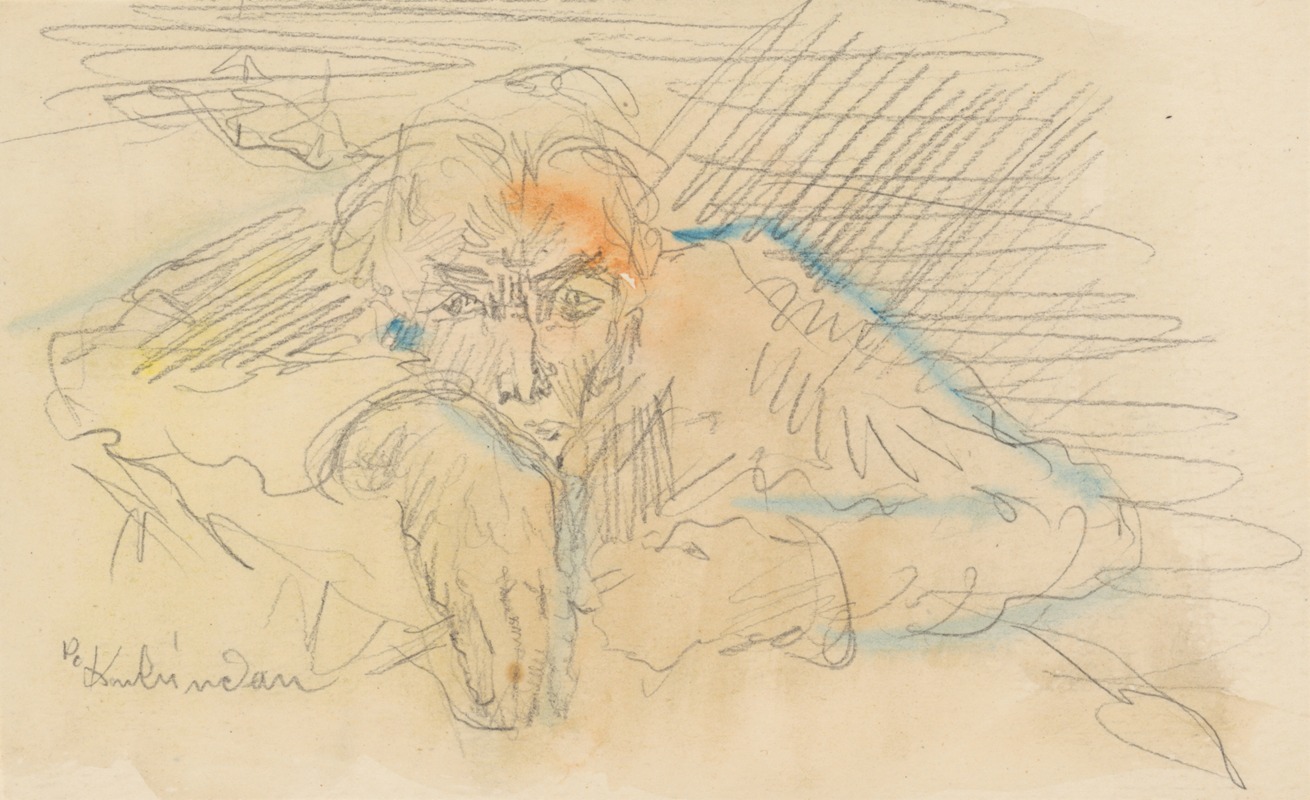
Self-portrait in color
A hand-painted replica of Arnold Peter Weisz-Kubínčan’s masterpiece Self-portrait in color, meticulously crafted by professional artists to capture the true essence of the original. Each piece is created with museum-quality canvas and rare mineral pigments, carefully painted by experienced artists with delicate brushstrokes and rich, layered colors to perfectly recreate the texture of the original artwork. Unlike machine-printed reproductions, this hand-painted version brings the painting to life, infused with the artist’s emotions and skill in every stroke. Whether for personal collection or home decoration, it instantly elevates the artistic atmosphere of any space.
Arnold Peter Weisz-Kubínčan was a Slovak painter known for his unique style and contributions to modern art in the early 20th century. Born in 1898 in Hungary, Weisz-Kubínčan's work is often associated with the avant-garde movements of his time, reflecting a blend of expressionism and cubism. His artistic journey was marked by the turbulent historical context of Central Europe, which influenced his themes and techniques.
"Self-portrait in Color" is one of Weisz-Kubínčan's notable works, showcasing his distinctive approach to self-representation and color use. Although specific details about the painting's creation date and current location are not widely documented, it is recognized for its vibrant palette and expressive brushwork, which are characteristic of Weisz-Kubínčan's style.
In "Self-portrait in Color," Weisz-Kubínčan employs a bold use of color to convey emotion and personality, a technique that aligns with the expressionist movement. The painting likely features a fragmented composition, reflecting the influence of cubism, where the subject is depicted from multiple perspectives. This approach allows the viewer to engage with the complexity of the artist's identity and emotional state.
Weisz-Kubínčan's self-portraits are significant for their introspective quality, offering insight into the artist's psyche and his response to the socio-political changes of his era. His work often explores themes of identity, existentialism, and the human condition, resonating with the broader artistic trends of the early 20th century.
The historical context of Weisz-Kubínčan's life is crucial to understanding his work. He lived through World War I, the interwar period, and the rise of fascism in Europe, all of which left an indelible mark on his art. As a Jewish artist in Central Europe, Weisz-Kubínčan faced significant challenges, including persecution during World War II. These experiences are often reflected in the emotional depth and complexity of his paintings.
Despite the challenges he faced, Weisz-Kubínčan continued to produce art that pushed the boundaries of traditional representation. His self-portraits, including "Self-portrait in Color," are celebrated for their innovative use of color and form, contributing to his legacy as a pioneering figure in Slovak modern art.
Today, Arnold Peter Weisz-Kubínčan's work is appreciated for its historical and artistic significance. His paintings are studied for their contribution to the development of modern art in Slovakia and their reflection of the broader European avant-garde movements. While specific details about "Self-portrait in Color" may be limited, the painting remains an important part of Weisz-Kubínčan's oeuvre, exemplifying his artistic vision and the enduring impact of his work on the art world.






